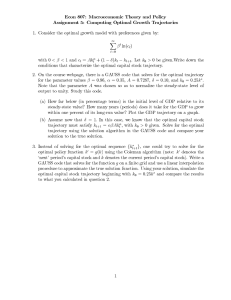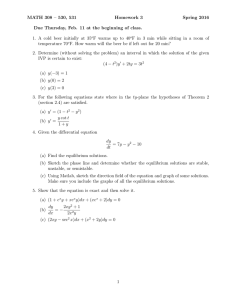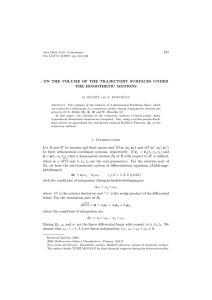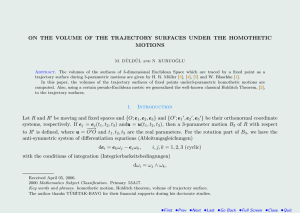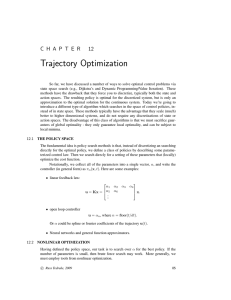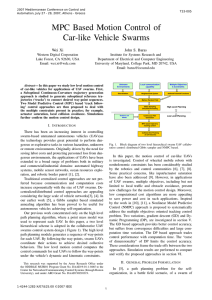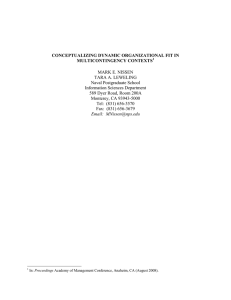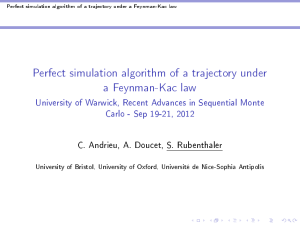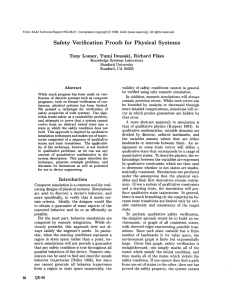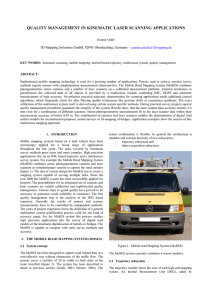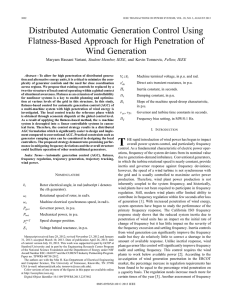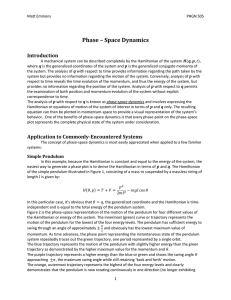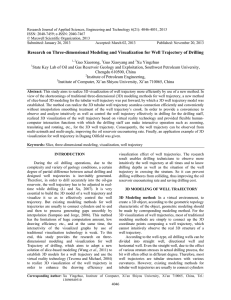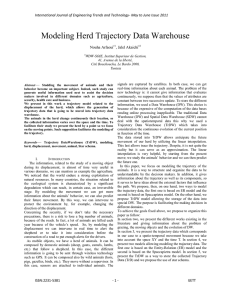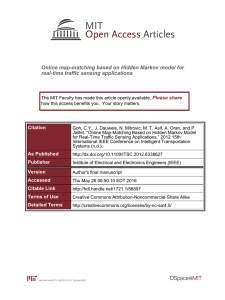Math 1B worksheet Nov 16, 2009
advertisement
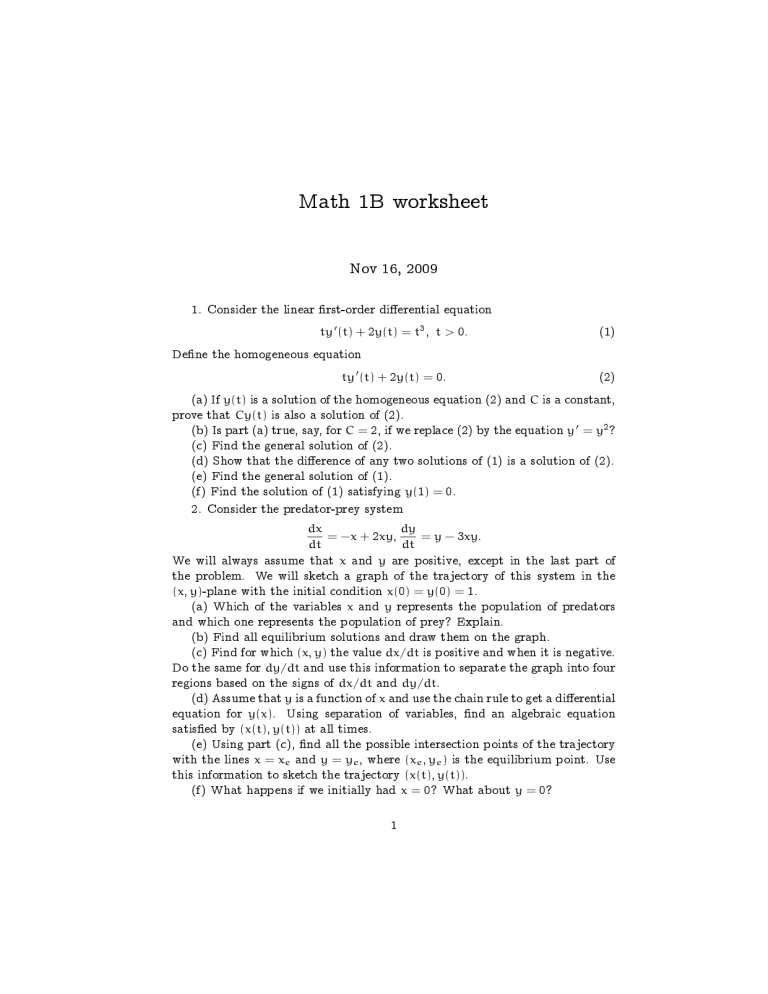
Math 1B worksheet Nov 16, 2009 1. Consider the linear rst-order di erential equation ty 0 (t) + 2y(t) = t3 , t > 0. (1) De ne the homogeneous equation ty 0 (t) + 2y(t) = 0. (2) (a) If y(t) is a solution of the homogeneous equation (2) and C is a constant, prove that Cy(t) is also a solution of (2). (b) Is part (a) true, say, for C = 2, if we replace (2) by the equation y 0 = y2 ? (c) Find the general solution of (2). (d) Show that the di erence of any two solutions of (1) is a solution of (2). (e) Find the general solution of (1). (f) Find the solution of (1) satisfying y(1) = 0. 2. Consider the predator-prey system dy dx = −x + 2xy, = y − 3xy. dt dt We will always assume that x and y are positive, except in the last part of the problem. We will sketch a graph of the trajectory of this system in the (x, y)-plane with the initial condition x(0) = y(0) = 1. (a) Which of the variables x and y represents the population of predators and which one represents the population of prey? Explain. (b) Find all equilibrium solutions and draw them on the graph. (c) Find for which (x, y) the value dx/dt is positive and when it is negative. Do the same for dy/dt and use this information to separate the graph into four regions based on the signs of dx/dt and dy/dt. (d) Assume that y is a function of x and use the chain rule to get a di erential equation for y(x). Using separation of variables, nd an algebraic equation satis ed by (x(t), y(t)) at all times. (e) Using part (c), nd all the possible intersection points of the trajectory with the lines x = xe and y = ye , where (xe , ye ) is the equilibrium point. Use this information to sketch the trajectory (x(t), y(t)). (f) What happens if we initially had x = 0? What about y = 0? 1 Hints and answers 1. (a) Multiply the equation (2) by C. (b) No: the function 2y satis es the equation (2y) 0 = (2y)2 /2, not the original equation. (c) y = Ct−2 . 3 (e) y = t5 + Ct−2 . 3 −2 (f) y = t −t . 5 2. (a) x is the population of the predators and y is the population of the prey. (b) The only equilibrium solution for x > 0, y > 0 is (xe , ye ) = (1/3, 1/2). (c) We have dx/dt > 0 i y > 1/2 and dy/dt > 0 i x < 1/3. The trajectory should go around the equilibrium point in the clockwise direction. y−3xy (d) dy dx = −x+2xy ; separating variables, we nd 2y − ln y = −3x + ln x + C. Substituting the initial condition x = y = 1, we get C = 5. (e) Assume that y = ye = 1/2; then by the above, −3x + ln x = ln 2 − 4. The function −3x + ln x increases for x < xe and decreases for x > xe . It goes to −∞ as x → 0 and as x → +∞. Finally, the value of this function at xe is − ln 3 > ln 2 − 4. Therefore, our trajectory can intersect the line y = ye only at two points, one of which lies below the equilibrium point and one above. Similar analysis shows that our trajectory can intersect the line x = xe only at two points, one of which lies to the left of the equilibrium point and one to the right. Therefore (there is a certain gap in reasoning here, though | can you see it?) the trajectory will be periodic. (f) For x = 0, we get dx/dt = 0 and dy/dt = y. Therefore, x will stay zero and y will grow exponentially. Similarly, if y was initially zero, then it will stay zero and x will decrease exponentially to zero. 2


